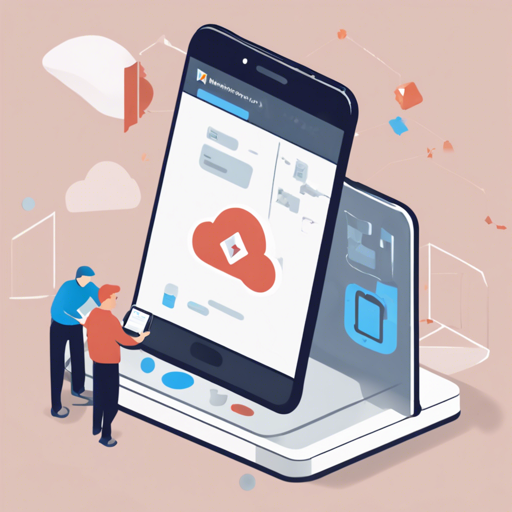When developing Flutter applications, you may often need a reliable way to store small pieces of data. LocalStorage provides a lightweight solution ideal for managing simple data without the overhead of a database. In this article, we will take you through the process of using LocalStorage in your Flutter applications, along with troubleshooting tips to ensure a smooth experience.
What is LocalStorage?
LocalStorage is a simple key-value storage mechanism that allows developers to store data locally within the user’s device. However, it’s important to note that LocalStorage is not intended for storing large amounts of data or sensitive information, so use it responsibly.
Installation Steps
To begin your journey with LocalStorage, you will first need to add the dependency to your Flutter project. You can do this using the following command:
sh
flutter pub add localstorage
If you prefer manually editing the configuration, add the following lines into your pubspec.yaml file:
yaml
dependencies:
localstorage: ^5.0.0
Using LocalStorage in Your Flutter App
Getting started with LocalStorage in your app involves importing packages and initializing the storage. Below is a sample code demonstrating how to set it up:
dart
import 'package:flutter/material.dart';
import 'package:localstorage/localstorage.dart';
late final ValueNotifier notifier;
Future main() async {
WidgetsFlutterBinding.ensureInitialized();
await initLocalStorage();
notifier = ValueNotifier(int.parse(localStorage.getItem('counter') ?? '0'));
notifier.addListener(() {
localStorage.setItem('counter', notifier.value.toString());
});
runApp(const MyApp());
}
class MyApp extends StatelessWidget {
const MyApp(super.key);
@override
Widget build(BuildContext context) {
return MaterialApp(
home: Scaffold(
body: Center(
child: ValueListenableBuilder(
valueListenable: notifier,
builder: (context, value, child) {
return Text('Pressed $value times');
},
),
),
floatingActionButton: FloatingActionButton(
onPressed: () {
notifier.value++;
},
child: const Icon(Icons.add),
),
),
);
}
}
Understanding the Code
Let’s break down the code using a fun analogy. Think of your app like a small store. Each time a customer (user) visits, they make a purchase (data input). The LocalStorage acts like a small storage room in the back where the storekeeper (your app) keeps track of how many items were sold. Every time someone buys an item (button pressed), the storekeeper updates the log (LocalStorage) and the information is fetched whenever the store opens. It’s safe, simple, and perfect for our little store!
Troubleshooting
If you run into issues while working with LocalStorage, here are some troubleshooting ideas to help you out:
- Storage not updating: Make sure you are calling
notifyListeners()appropriately in your ValueNotifier to ensure the UI reflects the changes. - Data not saved: Confirm that await statements are properly used during initialization and data manipulation to allow asynchronous operations to complete.
- Null values: Always provide a default value while retrieving items from LocalStorage if they don’t exist.
For more insights, updates, or to collaborate on AI development projects, stay connected with fxis.ai.
Conclusion
In conclusion, LocalStorage provides a straightforward solution for data persistence in Flutter applications. It’s perfect for storing non-sensitive and small amounts of data. Make sure you implement it wisely, and refer to the API documentation for more advanced functionalities.
At fxis.ai, we believe that such advancements are crucial for the future of AI, as they enable more comprehensive and effective solutions. Our team is continually exploring new methodologies to push the envelope in artificial intelligence, ensuring that our clients benefit from the latest technological innovations.
Further Reading
If you’re curious about LocalStorage API documentation, visit LocalStorage API documentation for more detailed information.

